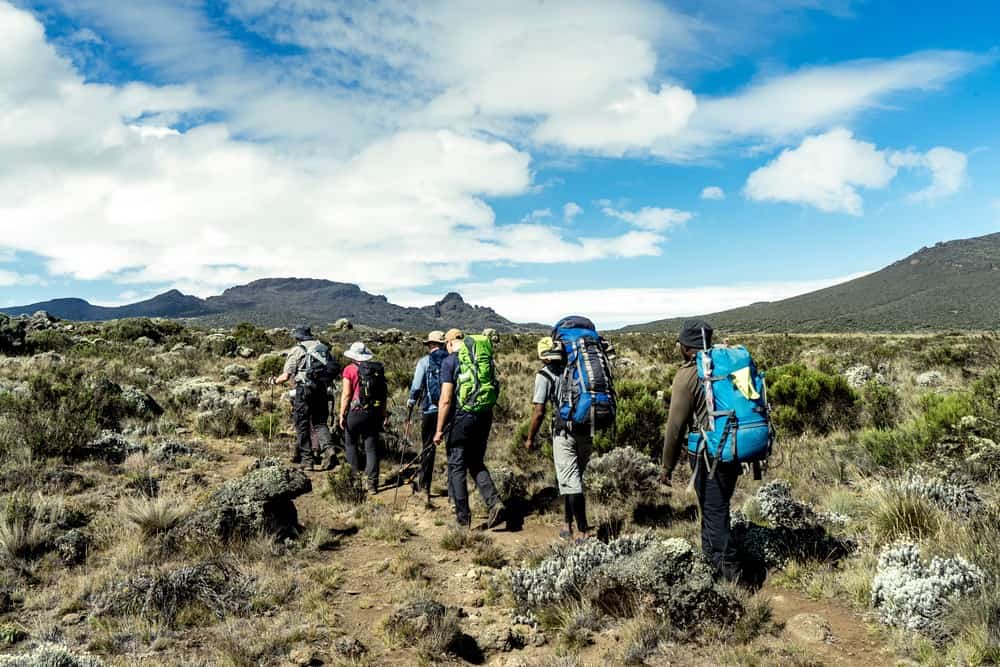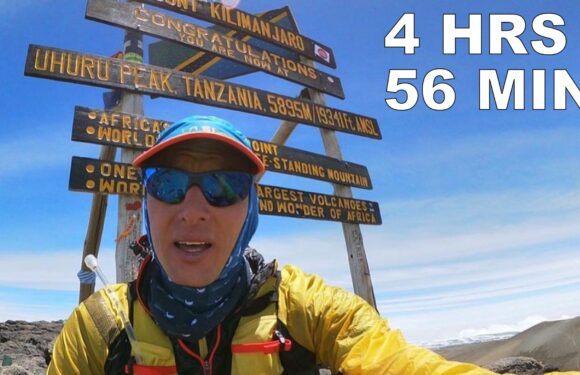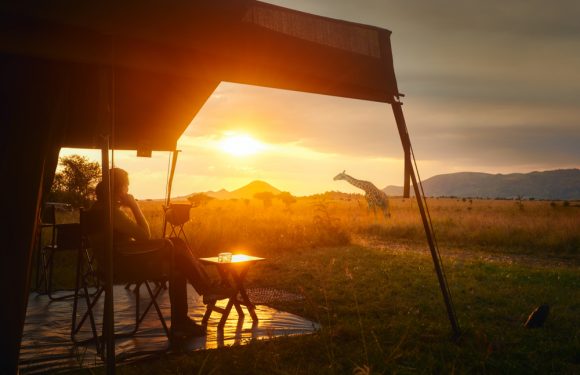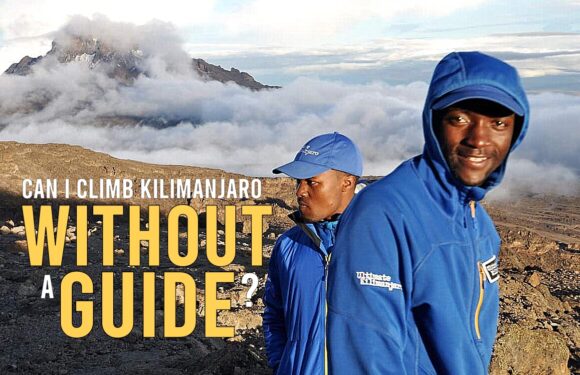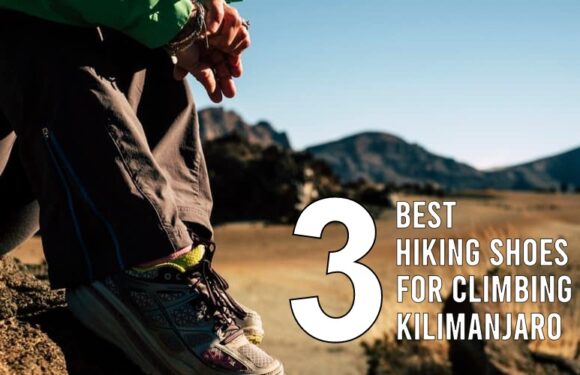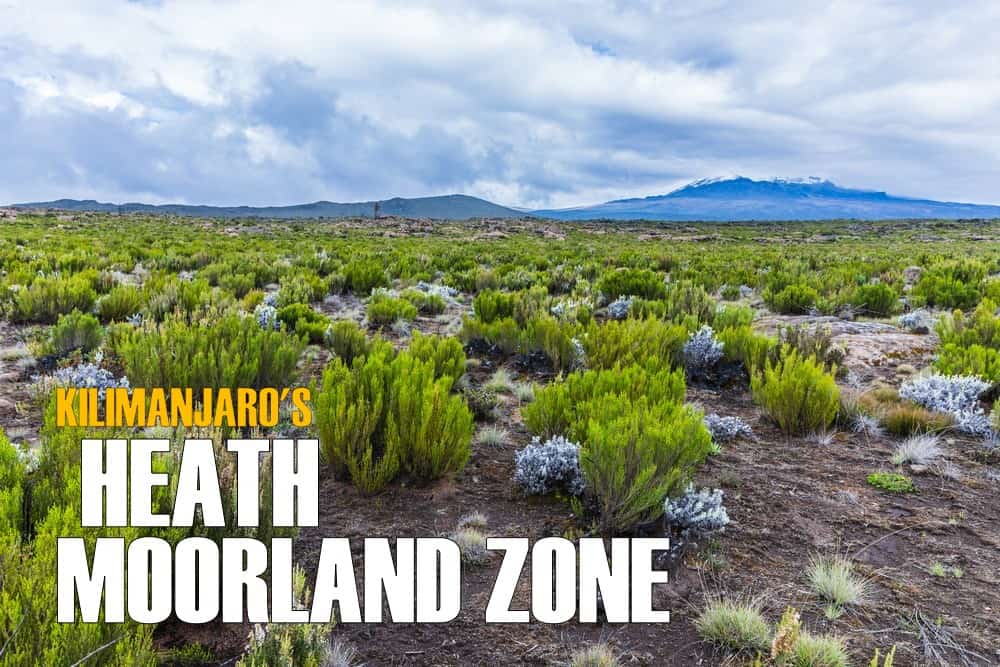
Just above the green rainforests of Mount Kilimanjaro, is a climate zone known as the heath/moorland zone. This ecological belt is a transition between the lush lower elevation forests and the stark alpine deserts above.
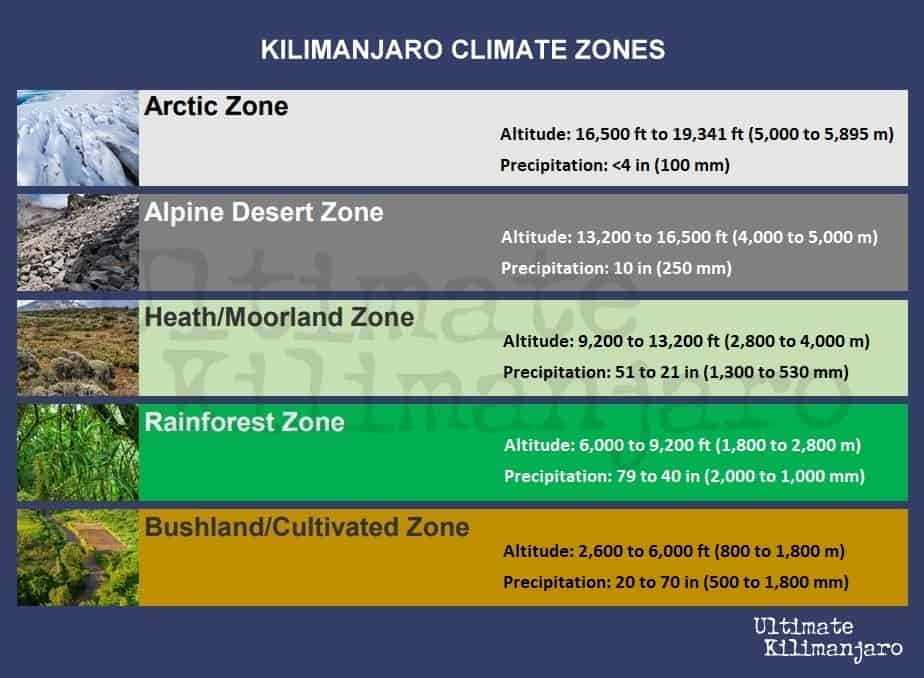
Characteristics of the Heath/Moorland Zone
Both heath and moorland environments share common features, but have a few main differences.
Heath is typically found in more temperate regions. Its open, uncultivated land and poor soils supports the growth of shrubs like heather and other low-growing, woody vegetation. Heathlands are generally associated with lower precipitation and moisture levels, leading to lower humidity conditions. The vegetation here is adapted to these drier, less fertile conditions.
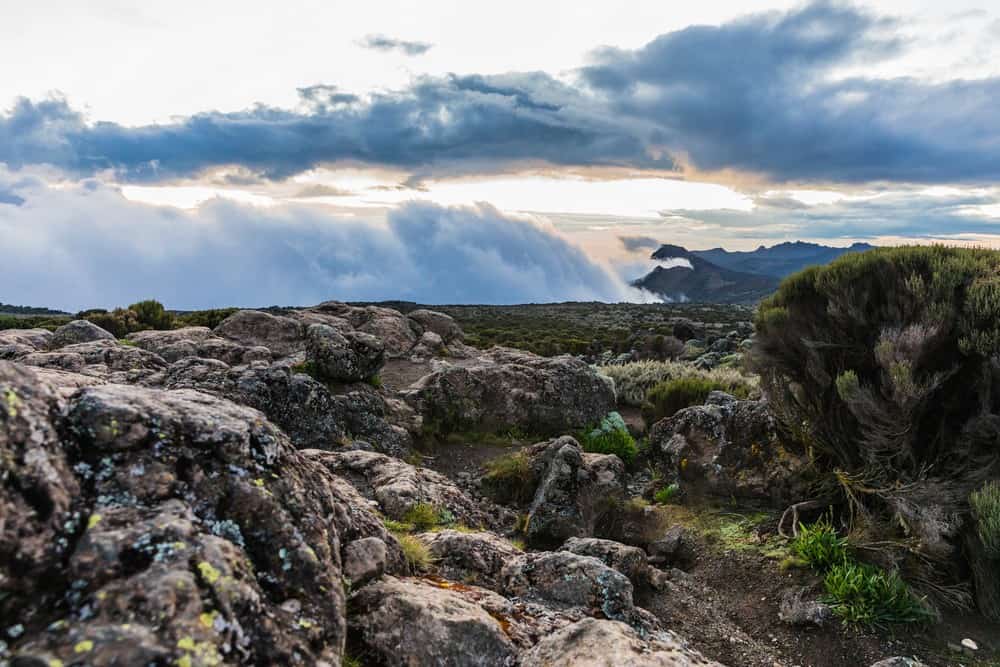
Moorland, on the other hand, is generally found in upland areas. It often experiences higher levels of precipitation and retain more moisture in the soil, resulting in higher humidity levels. Moorlands support a mix of vegetation types, including grasses, mosses, and heather. It can even include blanket bogs and peatlands.
The plant life is sparsely distributed in the heath/moorland zone. It tends to be hardier and more drought-resistant than in lower zones, adapted to the cooler temperatures and lower moisture levels. Wildlife is also less abundant than in the rainforest, with smaller mammals, bird species, and insects living amongst the thin vegetation and open spaces.
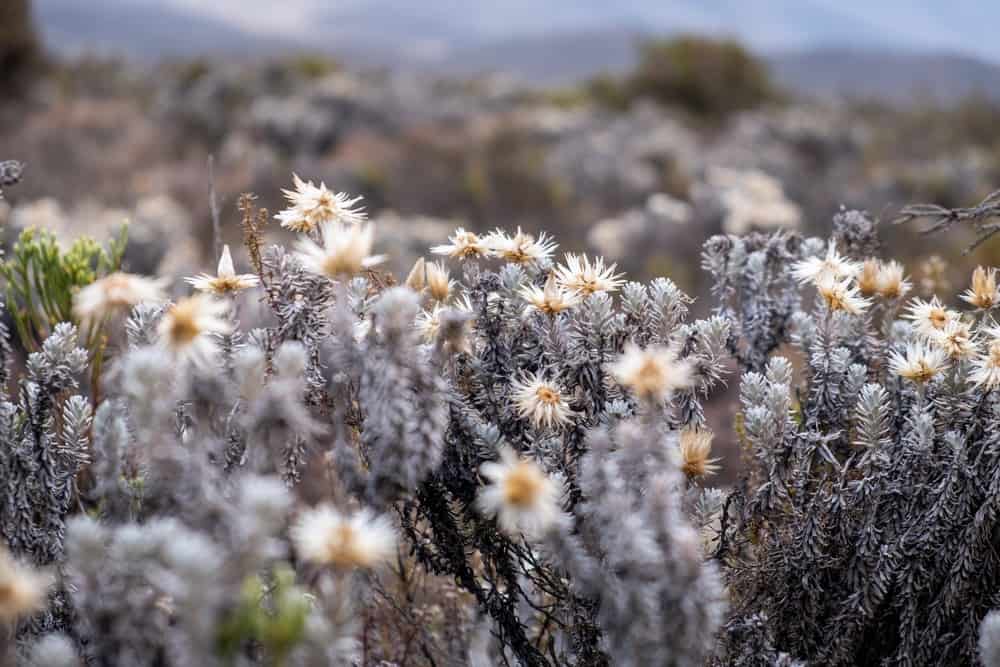
The Environmental Role of the Heath/Moorland Zone
Heath and moorland zones aid in water regulation within an ecosystem. The peaty soils of moorlands, in particular, act as natural sponges, absorbing rainfall and slowly releasing it over time. This process helps regulate river flows, reducing the risk of flood events downstream. Additionally, these areas can improve water quality by filtering pollutants and sediments as water moves through the soil, contributing to cleaner rivers and lakes.
Peatlands, a common feature in moorland zones, are among the world’s most important carbon sinks. The peat soil, formed from partially decayed vegetation, captures and stores carbon dioxide that would otherwise be released into the atmosphere. By locking away carbon, heath and moorland zones mitigate climate change.
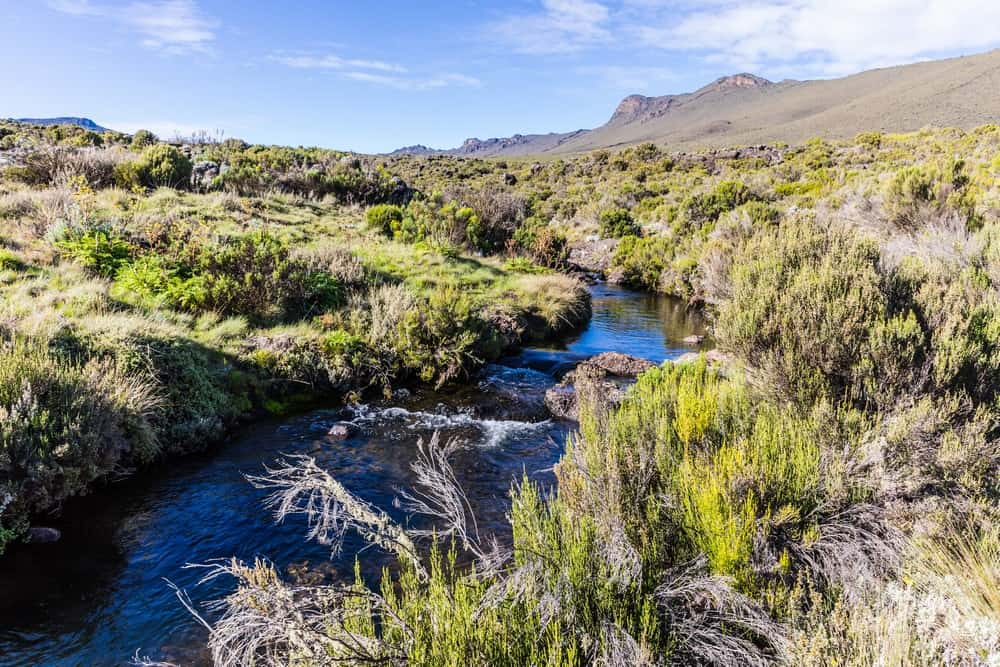
Finally, the vegetation cover in heath and moorland zones helps protect the soil from erosion. The roots of heather and other moorland plants bind the soil, reducing the impact of wind and water erosion. This protection is particularly important in upland areas where soil loss can lead to degradation of the landscape and negatively impact water quality and biodiversity.
Kilimanjaro’s Heath/Moorland Zone
Mount Kilimanjaro’s heath/moorland zone stretches from 9,200 feet (2,800 meters) to around 13,200 feet (4,000 meters). In this zone, temperatures average around 50 degrees Fahrenheit (10 degrees Celsius) during the day and dip to below freezing at night. Annual precipitation ranges from 51 to 21 inches (1,300 to 530 mm).
This zone is defined by its expansive, windy spaces that provide sweeping views of Kilimanjaro’s lower slopes. On Kilimanjaro, the term “heath” is used to describe the lower part of this zone, while the upper reaches transition into conditions more commonly associated with moorland. The moorland has higher moisture levels and a cooler climate supporting a different mix of plant and animal life. Giant heathers, lobelias, and groundsel plants grow in this landscape.
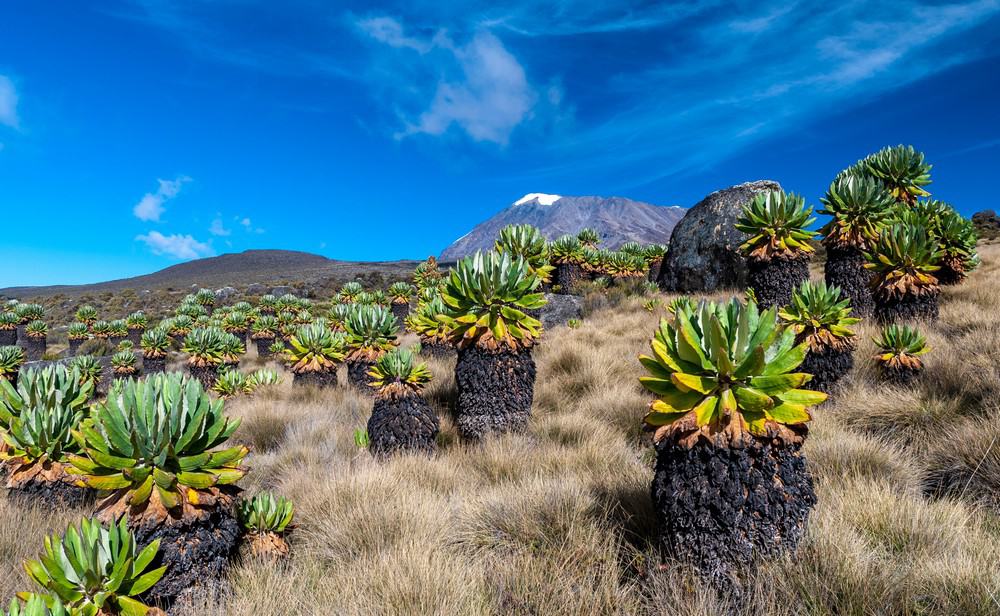
Tips for Tackling Kilimanjaro’s Heath/Moorland Zone
Nearly all of Kilimanjaro routes enter this zone on the second day of the itinerary and stay for 1-2 days. Here are some tips on how to best handle the heath/moorland zone on Mount Kilimanjaro:
- Block the Wind – Transitioning from the dense, humid rainforest zone to the open, airy heath/moorland zone means less shelter from the elements. Climbers should prepare for colder temperatures and stronger winds. A hard shell jacket will help protect against the chill.
- Protect Yourself from the Sun – Similarly, the shade of the forest is gone. The higher elevation and thinner atmosphere mean UV exposure is higher. Sunscreen, a wide-brimmed hat, and sunglasses are essential to protect against sunburn.
- Admire the Flora – Take time to appreciate the unique plant life in this zone. Some of the most amazing examples of nature’s resilience is on display.
- Acclimatization – Climbers in this zone may start to feel the negative effects of altitude. Be aware of the symptoms of acute mountain sickness and stay on top of our acclimatization guidelines.
